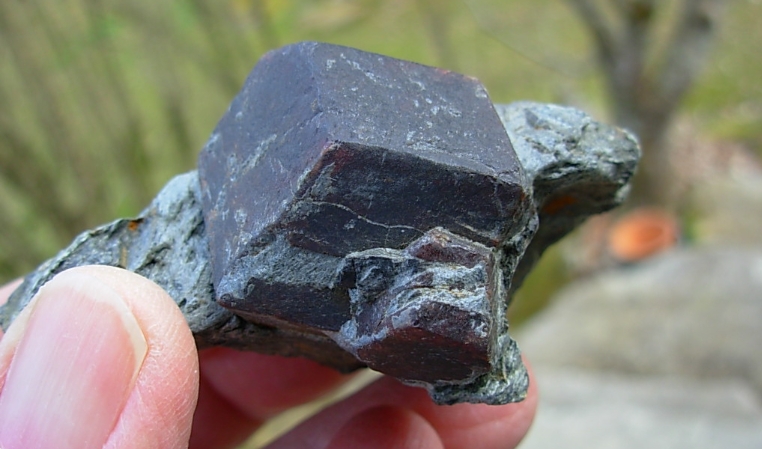Chlorite Schist: A Geological Enigma
Chlorite schist is a type of metamorphic rock that is known for its distinct green color and layered appearance.
Formation Process
The formation process of chlorite schist involves the metamorphism of pre-existing rocks, such as shale or basalt, under high temperatures and pressures. This causes the minerals within the rock to recrystallize, resulting in the formation of chlorite as the dominant mineral.
Unique Characteristics
Chlorite schist is characterized by its high content of chlorite, a green mineral that gives the rock its signature color. This mineral is known for its softness and platy structure, which gives the rock its layered appearance.
Geological Significance
Studying chlorite schist can provide valuable insights into the geological history of an area. By analyzing the mineral composition and structure of the rock, geologists can reconstruct the conditions under which it formed, shedding light on the processes that have shaped the Earth’s crust over millions of years.
Exploration and Discovery
Chlorite schist is commonly found in mountainous regions where intense metamorphic activity has occurred. Geologists often explore these areas to uncover new samples of the rock, allowing them to further unravel the mysteries of its formation and significance.
Conclusion
Chlorite schist is a fascinating rock that offers a window into the Earth’s geological past. By studying its unique characteristics and formation process, geologists can gain a better understanding of the forces that have shaped our planet over millions of years.

